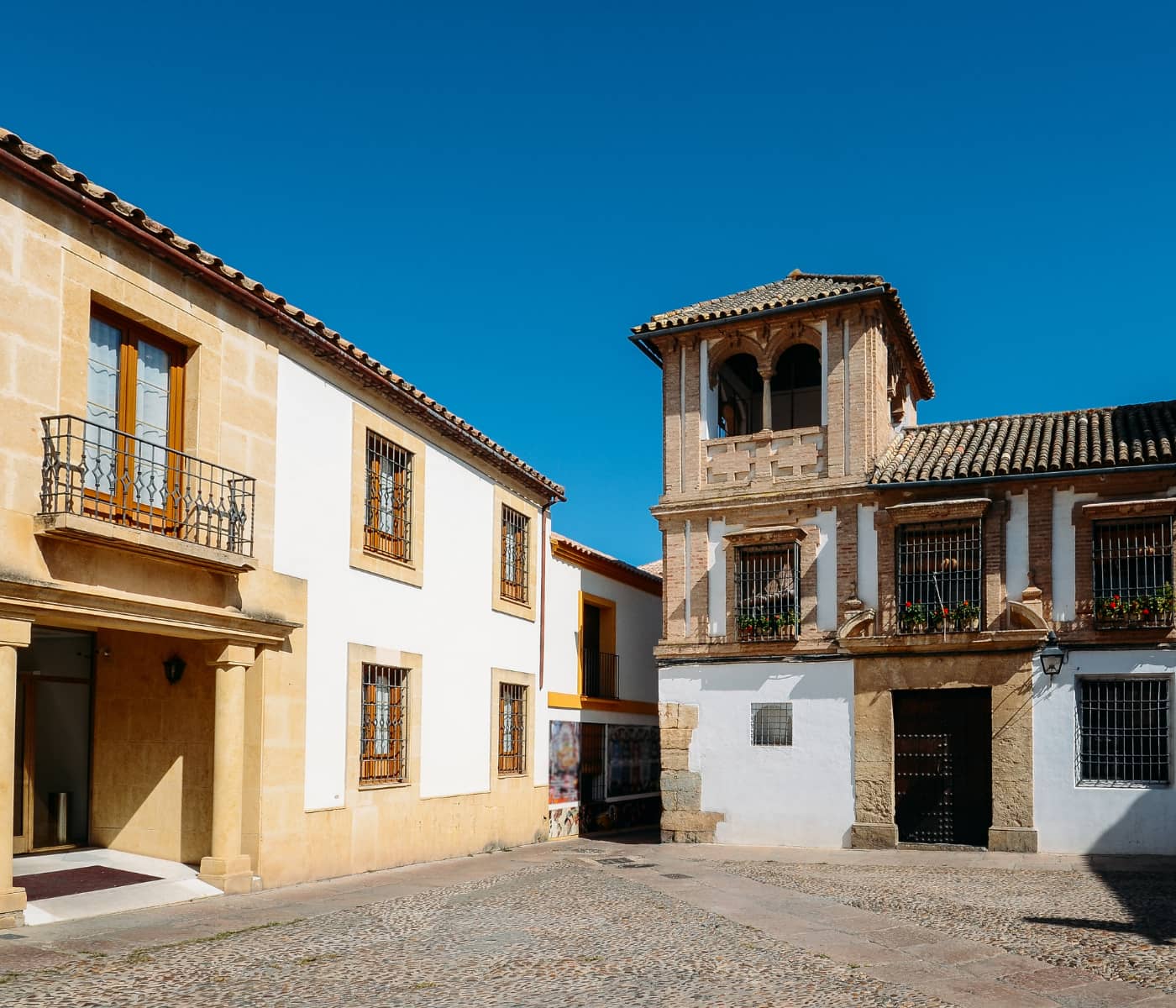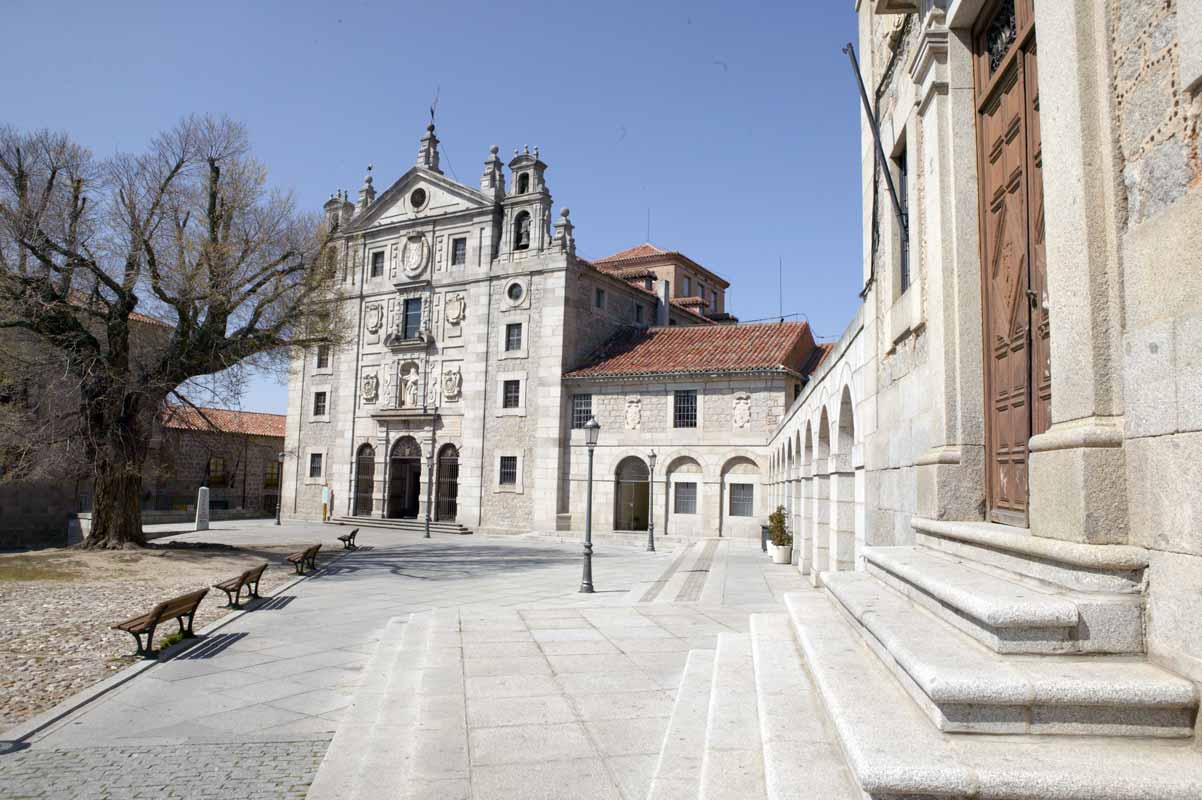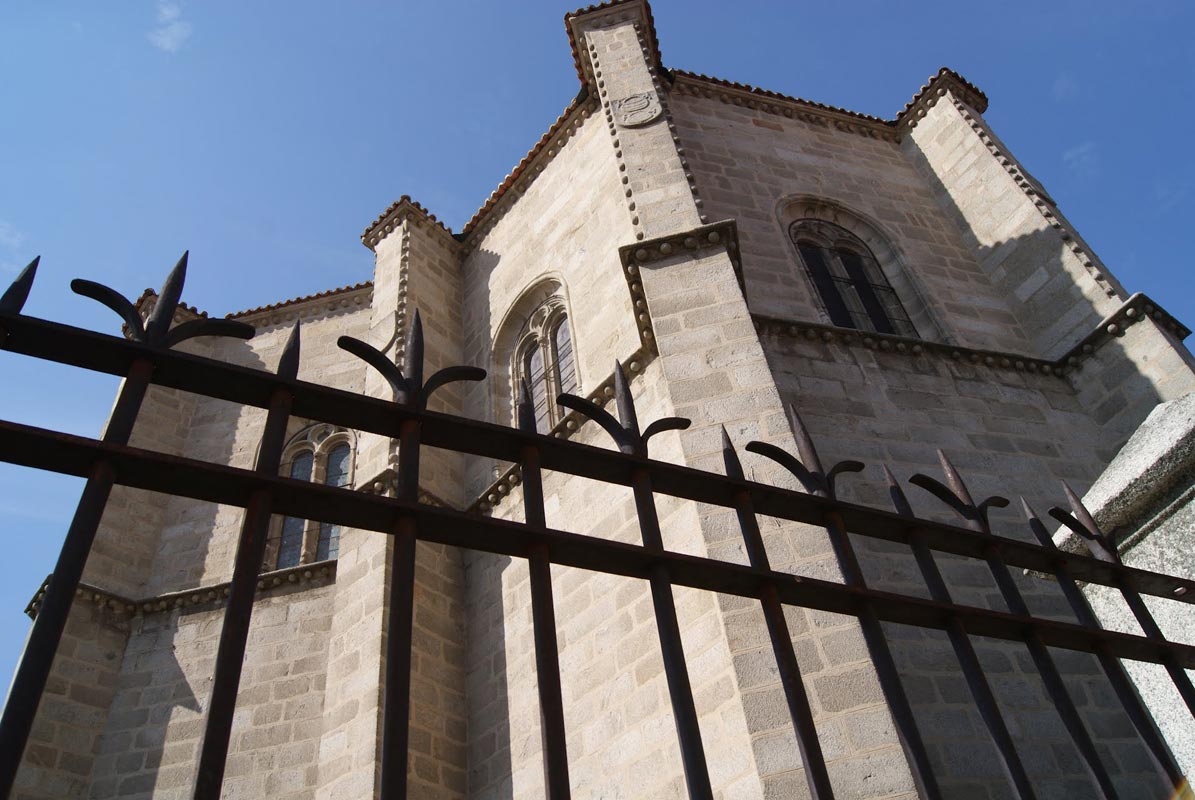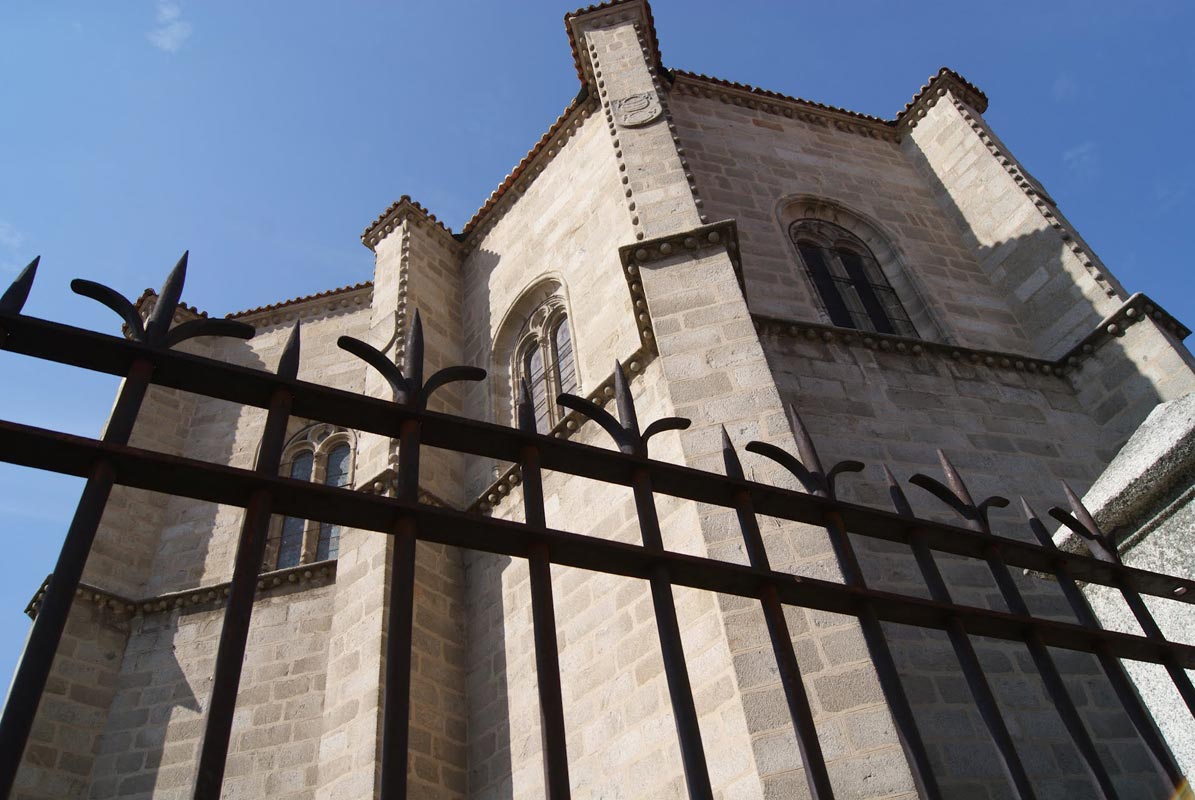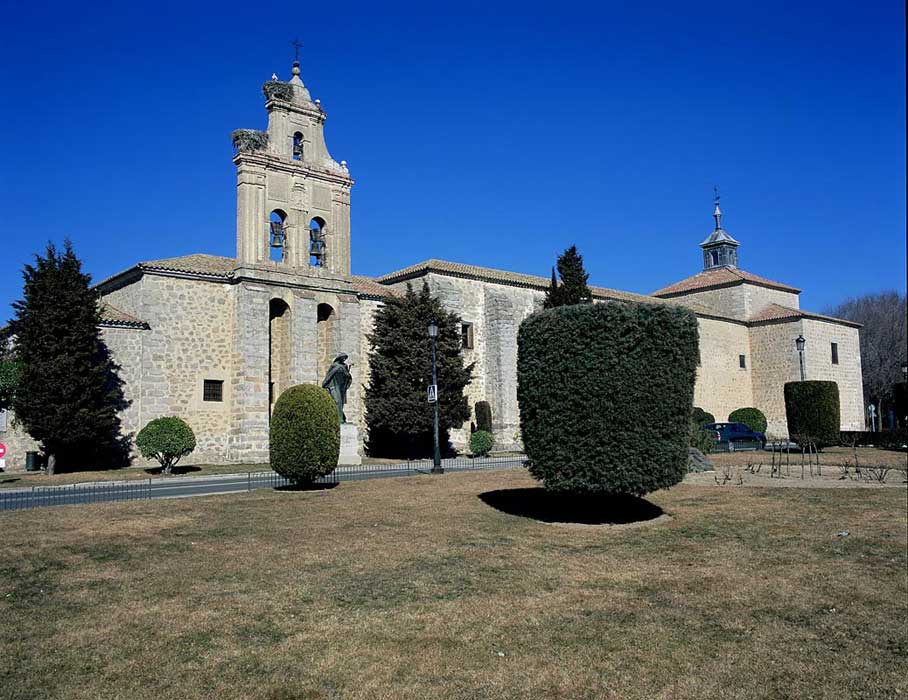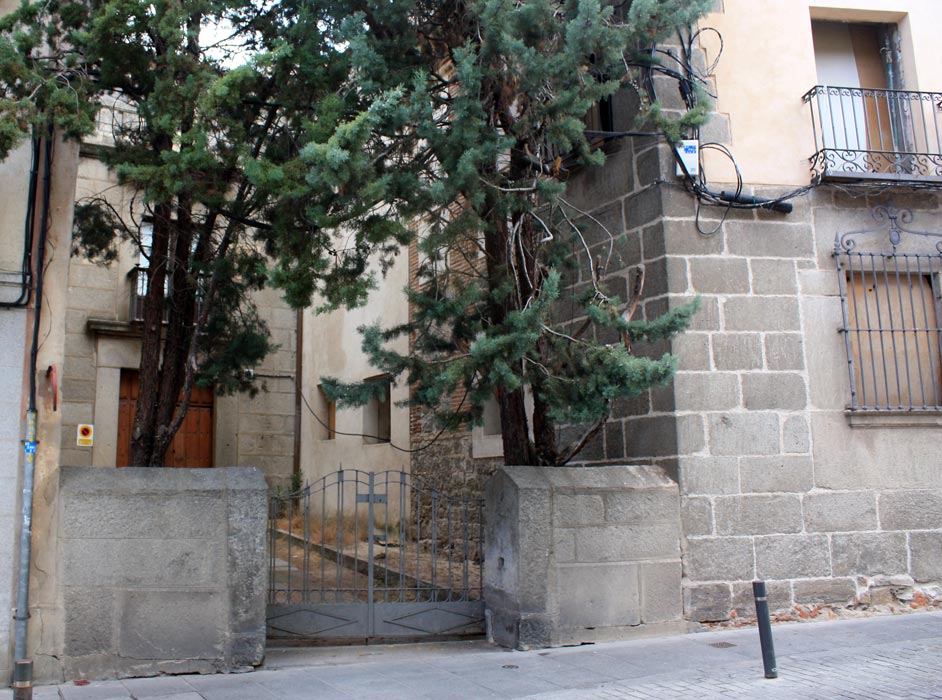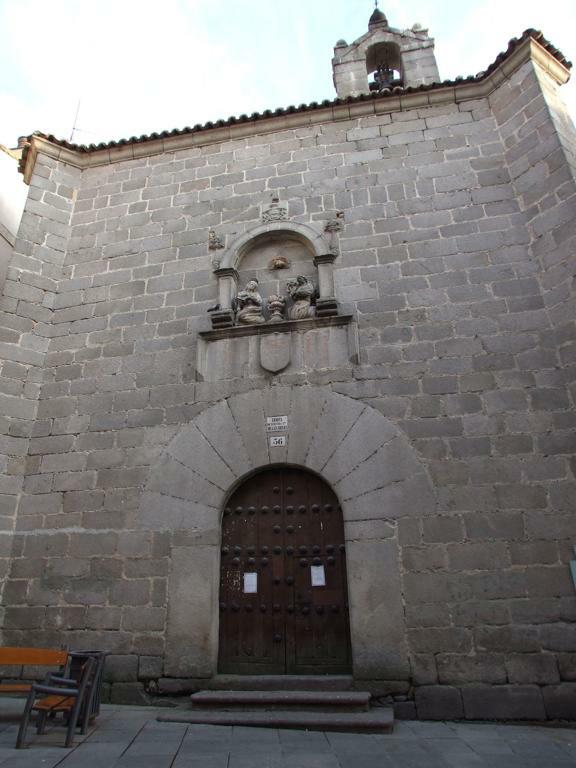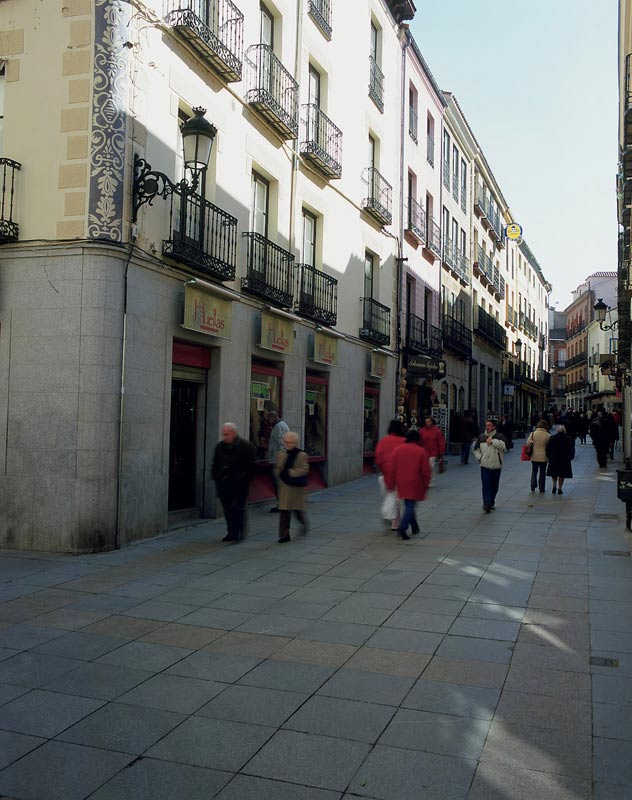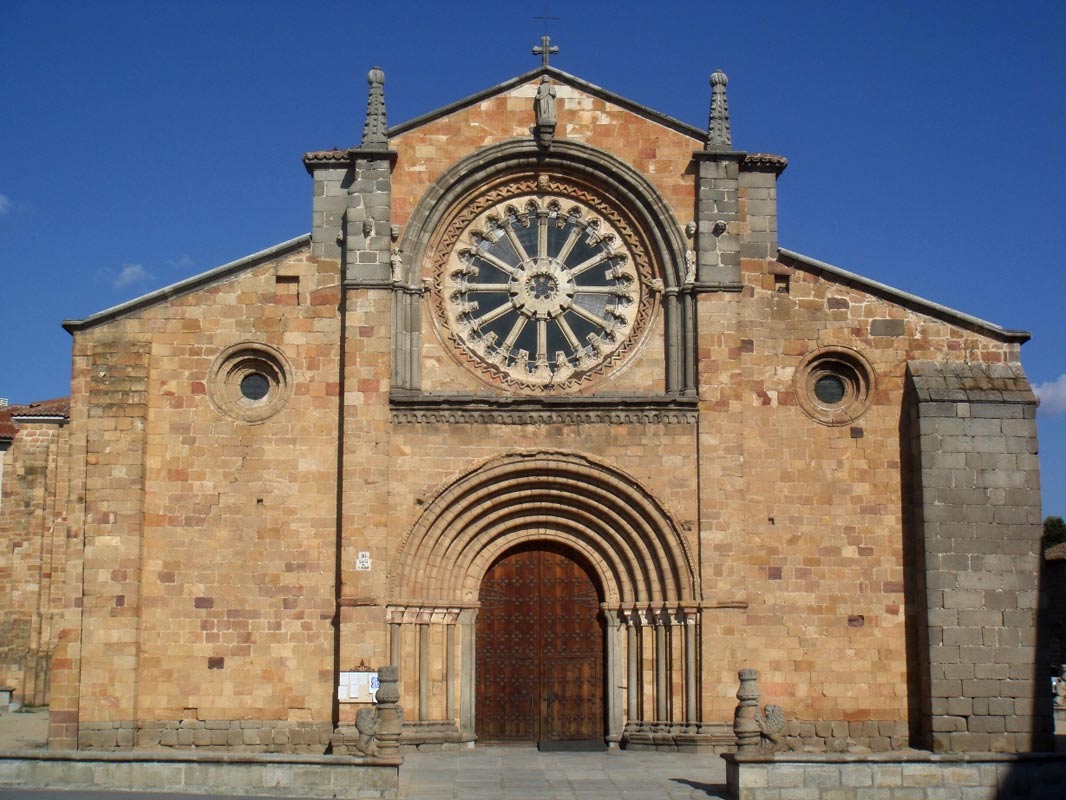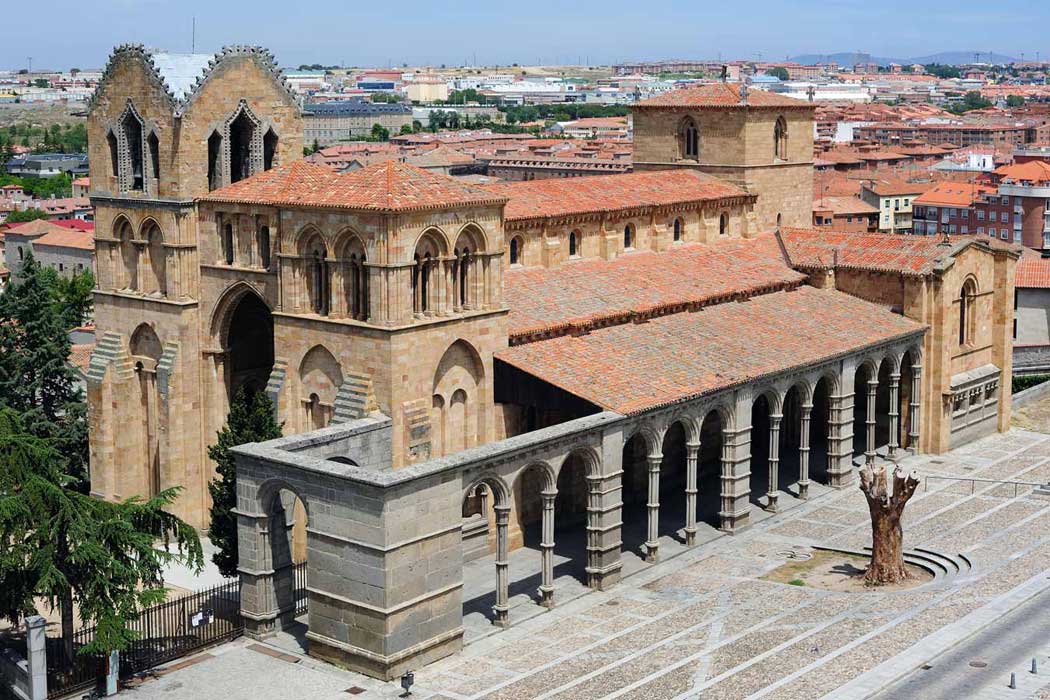The Judería de Córdoba, also known as the Jewish Quarter of Córdoba, is the area of the Spanish city of Córdoba in which the Jews lived between the 10th and 15th centuries. It is located in the Historic centre of Córdoba, northeast of the Mezquita Catedral (the Mosque-Cathedral), in the area of the following streets: Deanes, Manríquez, Tomás Conde, Judíos, Almanzor and Romero.
It is one of the most visited areas by tourists given that, besides the Mosque, you can see monuments such as the Sinagoga (Synagogue), the Zoco Municipal (Zoco Municipal Market) or the Museo Taurino (Bull-fighting Museum), among others. It is part of the historic centre of Córdoba which was named a World Heritage Site by UNESCO in 1994.
